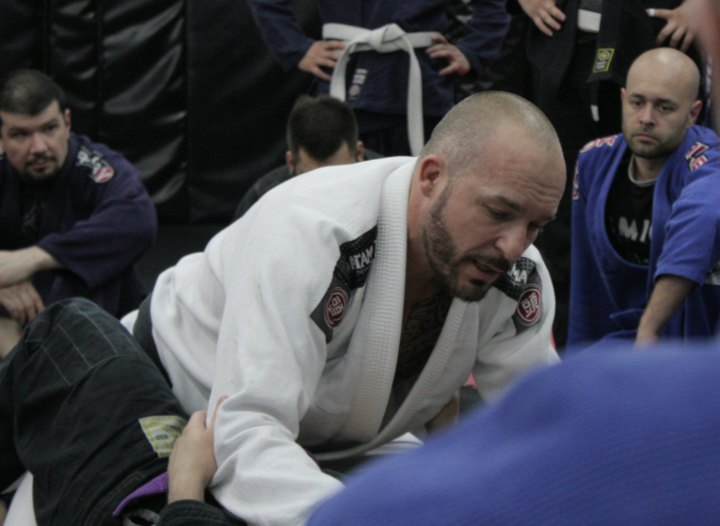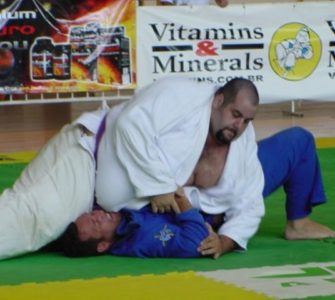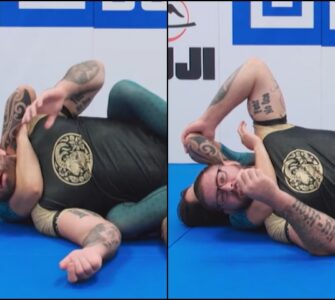An armbar from closed guard is one of those submissions that is taught in the very first couple of BJJ classes and that is carried across all levels of your Jiu Jitsu development, all the way from white to black belt.
But, what’s the basic principle behind successfully performing the closed guard armbar? That’s right: it is the breaking of the opponent’s posture, which makes them prone to armbars and all barrage of other attacks.
And what would then be the best way to prevent yourself from getting armbarred? Of course, it is to keep good posture! However, having and maintaining „good posture“ is not always as clear as it may seem at the first glance.
Matt Thornton, founder of Straight Blast Gym International, has taken his time to explain a couple of important micro adjustments in posture, which you can implement in order to become almost completely immune to armbars.
NO, YOU DON’T HAVE GOOD POSTURE – IMPLEMENT THESE POINTS IMMEDIATELY
„I have good posture but I still get armbarred in closed guard!“ That’s the plea for help that many aspiring jiujiteiros yell out. However, as Matt points out, if the case is that you are getting armbarred, then you most certainly don’t have good posture! Because, if you are getting armbarred in closed guard, it is by definition that you lack a good enough posture.
So, what can you do to improve it? Let’s take a look at Matt’s points!
1) Where’s your tailbone?
To make sure that your base is good, Matt first advises to tuck in your tailbone – just like a dog would tuck its tail between his legs. By doing that, your weight will sink back and your base will immediately improve.
2) Beware the knees!
Where are your knees? Matt points out that, when your knees are a bit further out, you have a better base and that you can withhold movement from left to right more easily. However, to prevent your opponent from pulling you towards him, you need to bring your knees closer together. This will, together with the tucked-in tailbone, provide you with a steadier base.
3) Pull your shoulders back.
Your shoulders have got to be engaged as well, Matt continues to explain. For, if they are rounded, you make it much, much easier for your opponent or training partner to pull your arm towards themselves. However, if you pull your shoulder blades back, then you have successfully added the final piece to a great, coherent posture.
Having your tailbone tucked in, your knees in the right position and your shoulders pulled back will, all together, make it a nightmare for your opponents’ posture breaking and armbarring attempts.
THE SECRET INGREDIENT
A secret ingredient? Yes, that’s right! There’s also another piece to the puzzle, a secret ingredient that you can implement so as to make your cake of armbar protection even tastier and more bulletproof than it was ever before: and it is by properly positioning your elbows!
Matt shows that, when his elbows are outside the line of his body’s „silhouette“, it is not too difficult for his training partner to bump him a bit forward and then armbar him from there. So, it goes to follow that as long as you keep your elbows inside the line of your body, there’s little danger of – when combined with the previous three adjustments – getting armbarred in closed guard. For, even if you do get bumped forwards somehow, you still control the inside space, making it very difficult for your opponent to score the submission.
Watch the video below to see more:

















